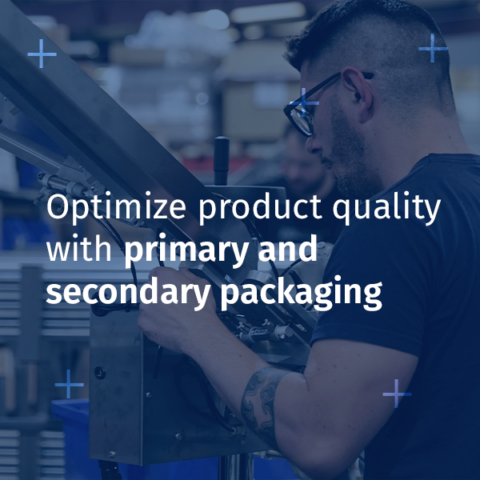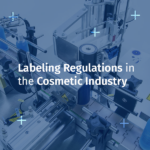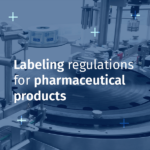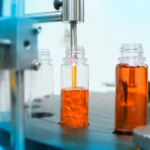Product packaging plays a fundamental role in maintaining quality, safety, and appeal. There are two main types of packaging: primary packaging and secondary packaging, each with specific goals and equipment tailored to meet those needs.
In this article, we will explore the distinctions between these two types while introducing our packaging solutions (filling machines, capping machines, and labeling machines).
What is primary packaging?
Primary packaging represents the “first layer of protection” for a product. Its function is to preserve the integrity of the product by shielding it from external factors such as light, moisture, or physical shocks. This type of packaging includes bottles for liquids, jars for creams, and blister packs for medications.
Why is primary packaging important?
- Protection: It prevents the degradation of the product by protecting it from external elements.
- Preservation: It extends the product’s shelf life by limiting exposure to air and moisture.
- Information: It provides space for essential details such as expiration dates, composition, and usage instructions.
Our primary packaging solutions
CDA offers a wide range of solutions designed for this type of packaging.
Our filling machines (such as the K-Net Auto and K-Line models) are ideal for the precise dosing of liquids, gels, creams, or pasty products. They ensure uniform and accurate filling, making sure each container receives the correct amount of product.
Our automatic capping machines (such as the VSA and VS2000) effectively seal containers after filling, ensuring perfect airtightness. They are compatible with various types of caps (spray, pump, safety, etc.) and twist-off lids, offering great versatility.
Our labeling machines (like the Ninon Konic and Ninon Mix) are designed to apply labels with high precision to bottles, jars, and other containers, ensuring compliance with current labeling regulations.
What is secondary packaging?
Secondary packaging refers to packaging that does not come into direct contact with the product. Its purpose is to group and protect multiple individually packaged units, making transport and storage easier. Additionally, it provides extra opportunities for brand marketing. It includes items such as cardboard boxes, crates, and plastic packaging.
Importance of secondary packaging
- Grouping: It allows multiple units to be bundled together, simplifying transport and distribution.
- Protection: It adds an extra layer of protection against logistical risks.
- Marketing and Branding: It offers additional space for promotional messages and attractive designs, reinforcing brand identity.
Our CDA secondary packaging solutions
CDA offers equipment such as the Ninon 1500/2500, designed to label boxes, cartons, or other secondary packaging with speed and precision, ensuring a neat presentation and enhanced product protection.
Benefits of our packaging machines
- Versatility: Our machines are designed to adapt to a wide variety of formats and product types, offering optimal flexibility in the packaging process.
- Precision and Reliability: Equipped with advanced technology, our machines, such as the Ninon Down and Ninette Auto, ensure precise and reliable packaging, essential for meeting regulatory requirements.
- Efficiency: Our automatic solutions improve productivity while minimizing human error and downtime.
Conclusion
Whether for primary or secondary packaging, ensuring the quality, safety, and appearance of your products is essential. Our packaging machines enable businesses to comply with industry standards while optimizing operational efficiency.
For more information about our filling, capping, and labeling solutions, contact us today. Our team of experts will be happy to discuss your project.







